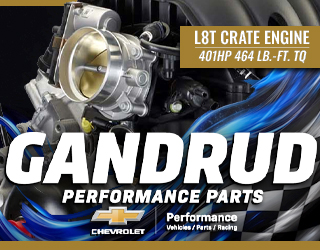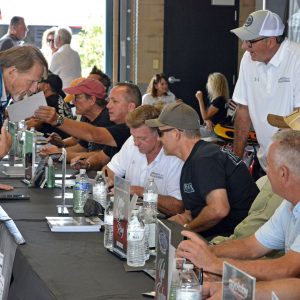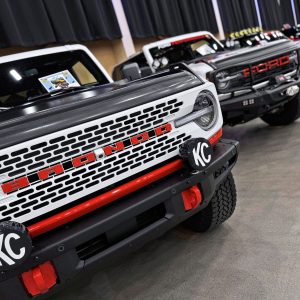OffRoad Trucks
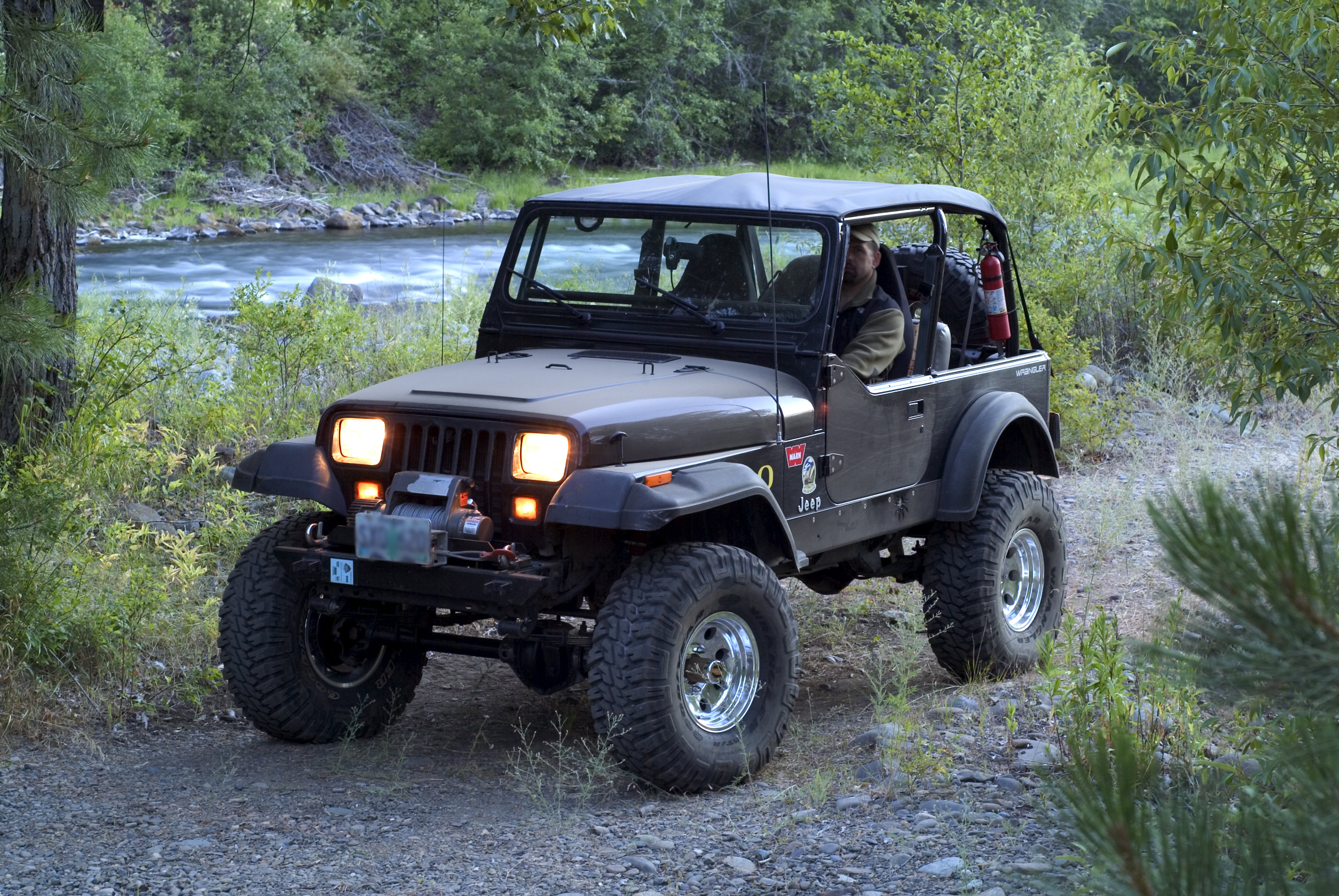
There’s nothing like an impending event inspection to motivate an install. Lorne Pearson was looking forward to the PNW4WDA Trail Jamboree in Naches, Washington where he was planning to run the challenging Rimrock Trail. This often-off-camber route required front & rear lockers, CB and winch along with some wheel base and tire specifications – all of which Pearson had. What his YJ lacked, however, was the mandatory full roll cage.
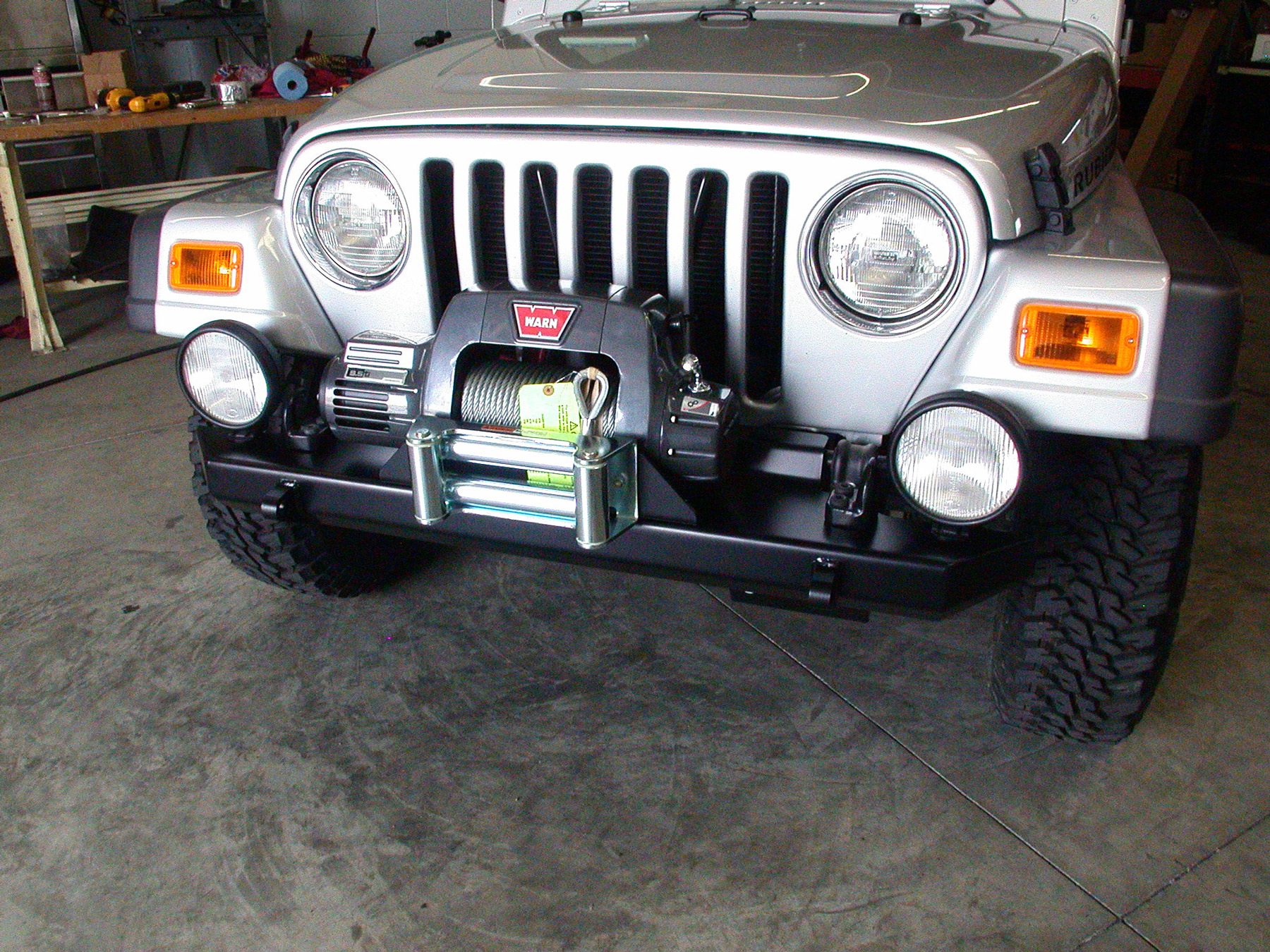
Kilby Enterprises makes many cool products, such as their On Board Air systems, but they also produce some heavy duty skid plates that are designed to keep the rocks from inflicting pain on you and your rig.
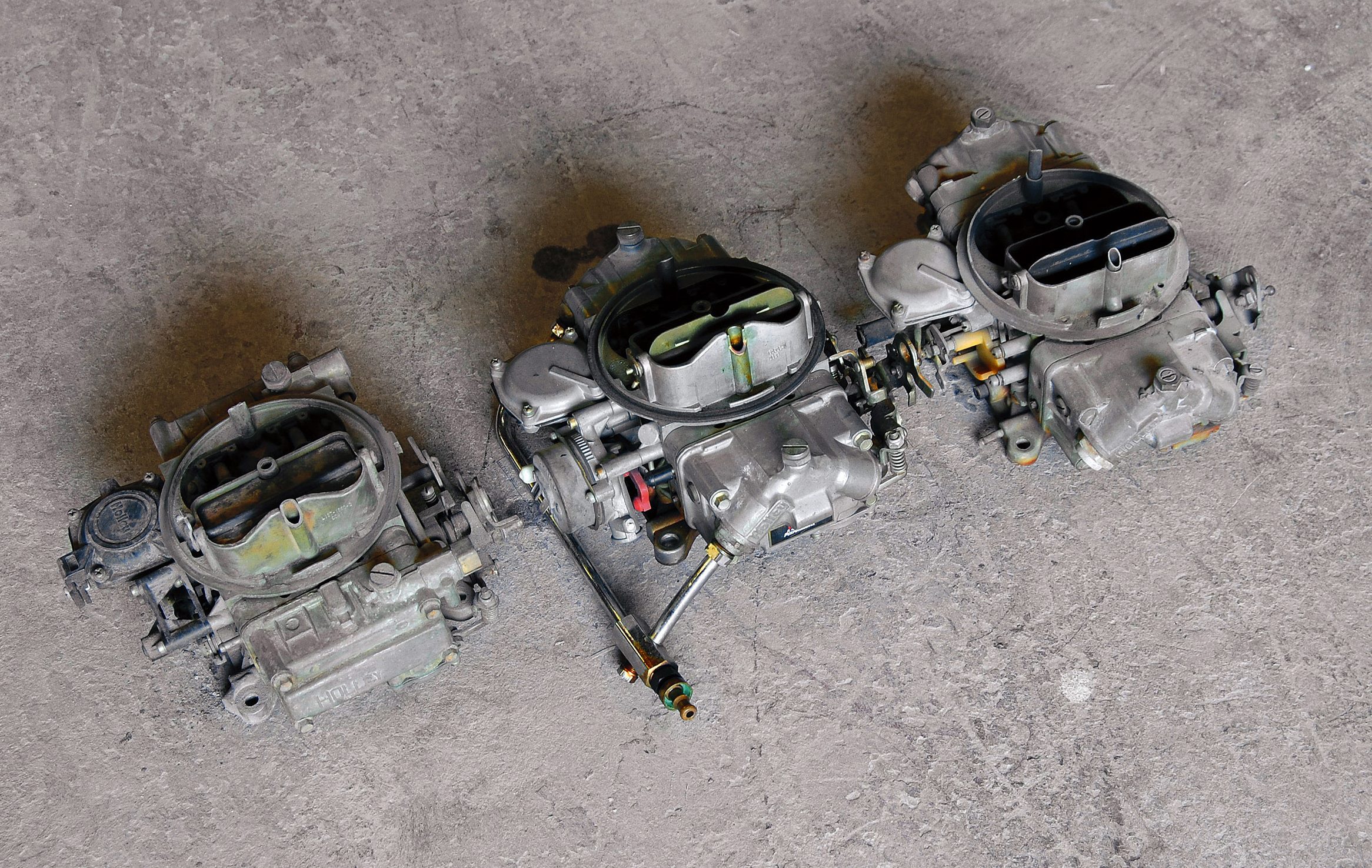
Holley carburetors have long been a staple in the go-fast world of high-performance motoring, whether it’s NASCAR, drag racing or on the street. Much like other performance-oriented products—perhaps even more so with a carburetor—a carburetor requires a fundamental setup and a degree of maintenance, and that’s considering you have chosen the correct-size carburetor for your application, at least to get it in the ballpark. Knowing how to adjust, maintain and even repair your Holley carburetor goes a long way toward helping to ensure that your carburetor will make optimum horsepower for a long time. Because of this, we decided to compile a few troubleshooting and repair tips for the popular 4150-series Holley carburetor, which is the series designation for Holley’s street/strip and racing carburetors.

Alternative-fuel sources and hybrid cars are all the rage today. Everyone from major automakers to backyard inventors is pursuing alternative fuels and energy sources. While the ultimate goal is generally to eliminate dependence on foreign oil, for hot rodders there is also the desire to invent and create a better-performing engine.
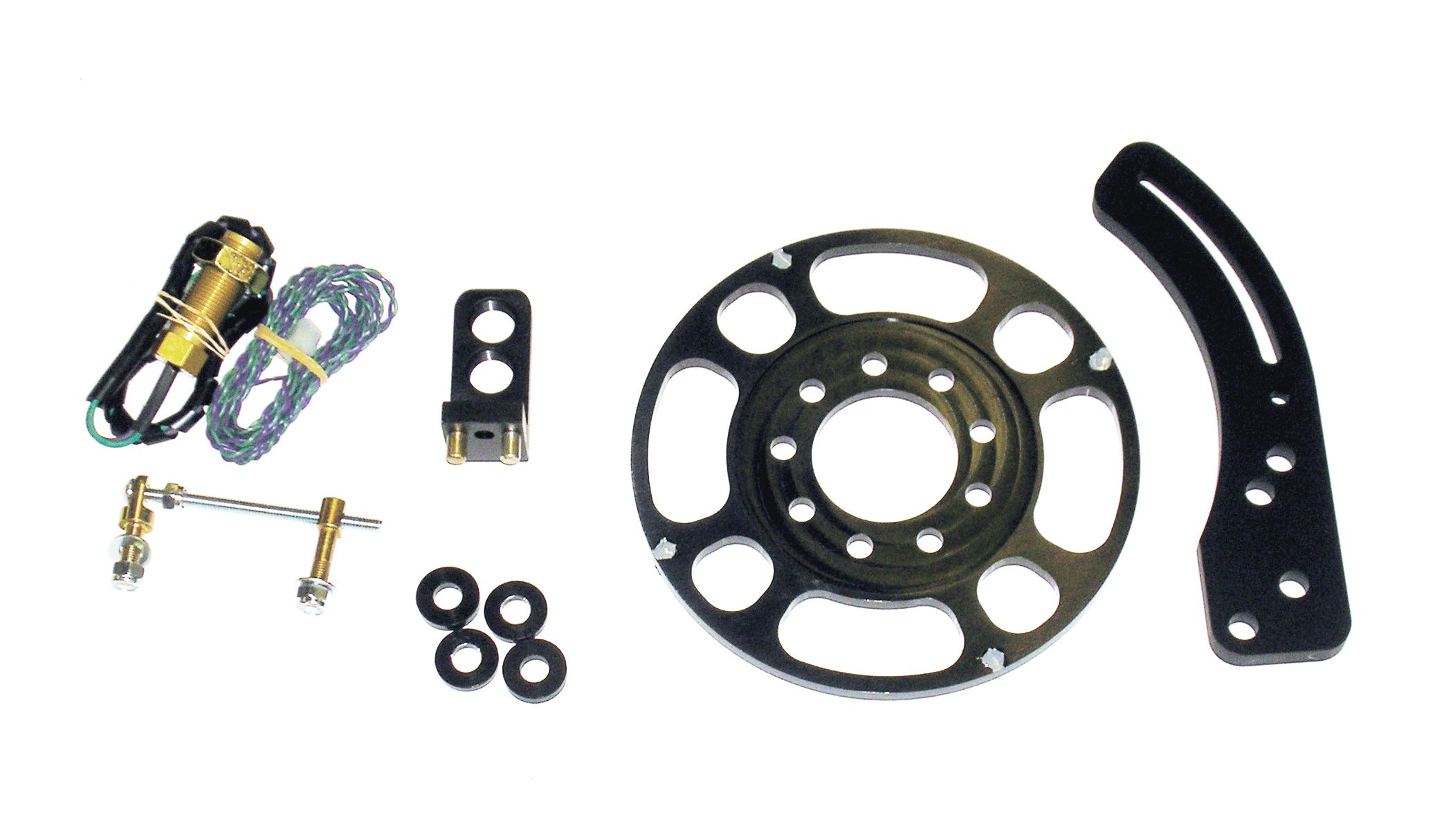
Crankshaft trigger mechanisms have been used in racing applications for a considerable length of time. In truth, they’ve actually been in service for decades. It’s a simple known fact that one of the best ways to improve engine performance is to ensure that the ignition timing is stable. That’s the whole purpose behind such a system, and that’s why racers regularly use them.
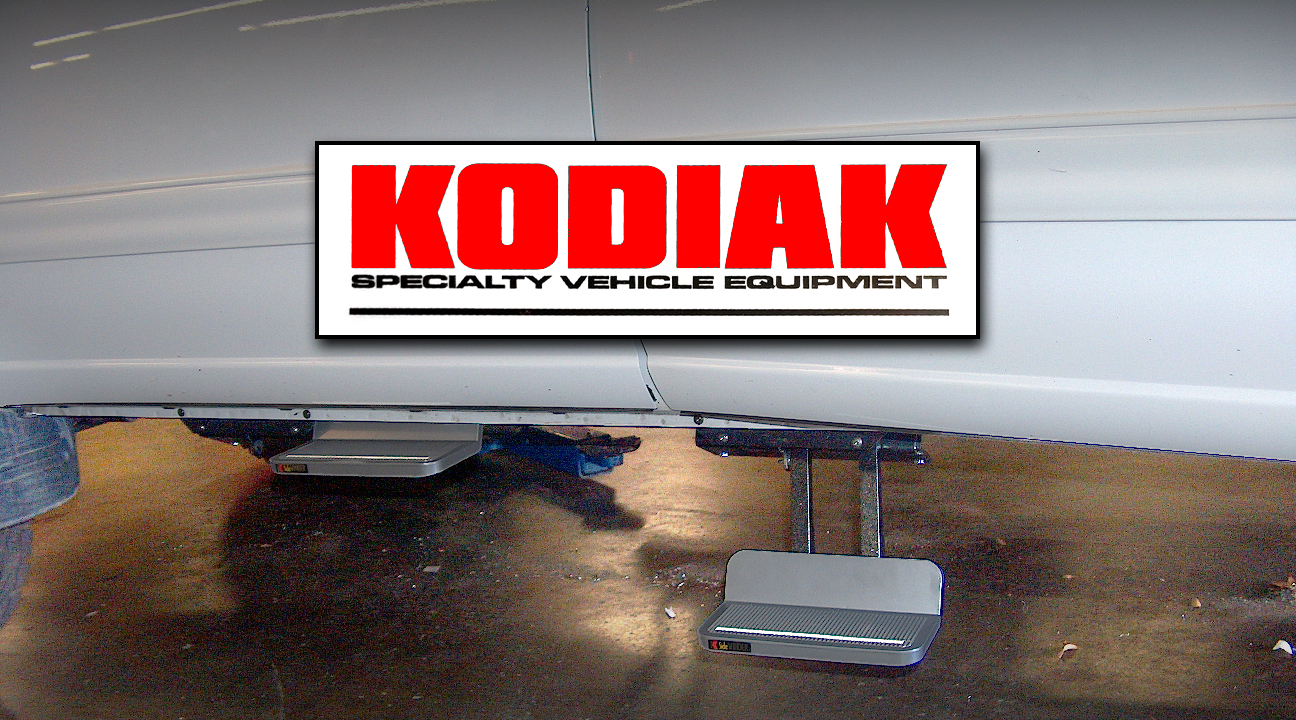
To a truck nut, there is no thrill like driving his pickup right after it’s been lifted. No pun intended, but a lifted truck just seems to bring a guy up in the world. Unfortunately, the thrill is gone as soon as his lady gripes about her struggle to get in it.
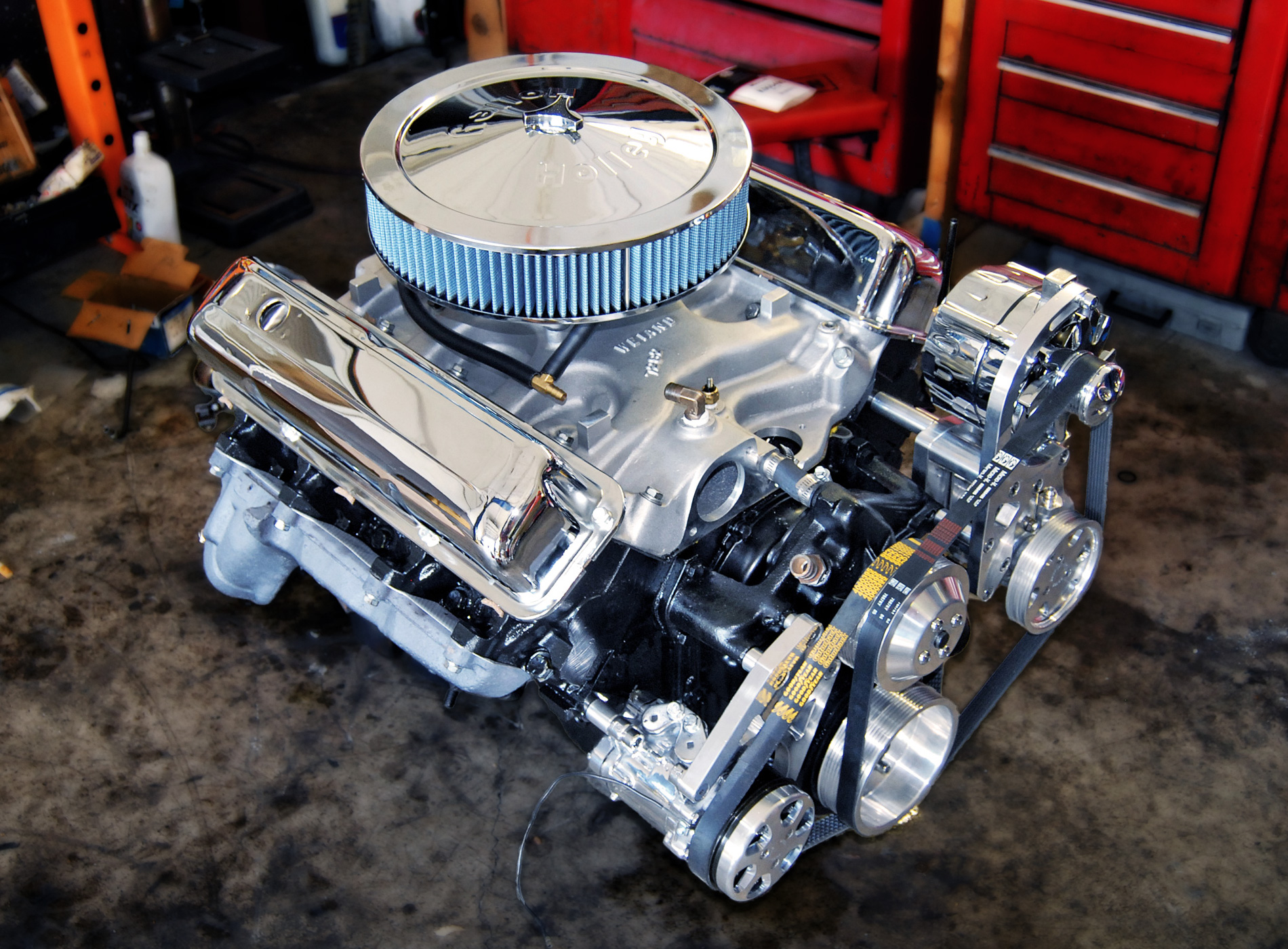
After recently purchasing a ’62 Thunderbird, it became obvious very quickly that the car needed a new engine. Our plan was to turn the car into a daily driver, and so, as long as we needed a new engine, we figured we’d add air conditioning to the car while we were at it. And if you really know your Ford history, you also know that the ’62 was the last model T-bird to come with a generator rather than an alternator—one more reason to consider an upgrade.
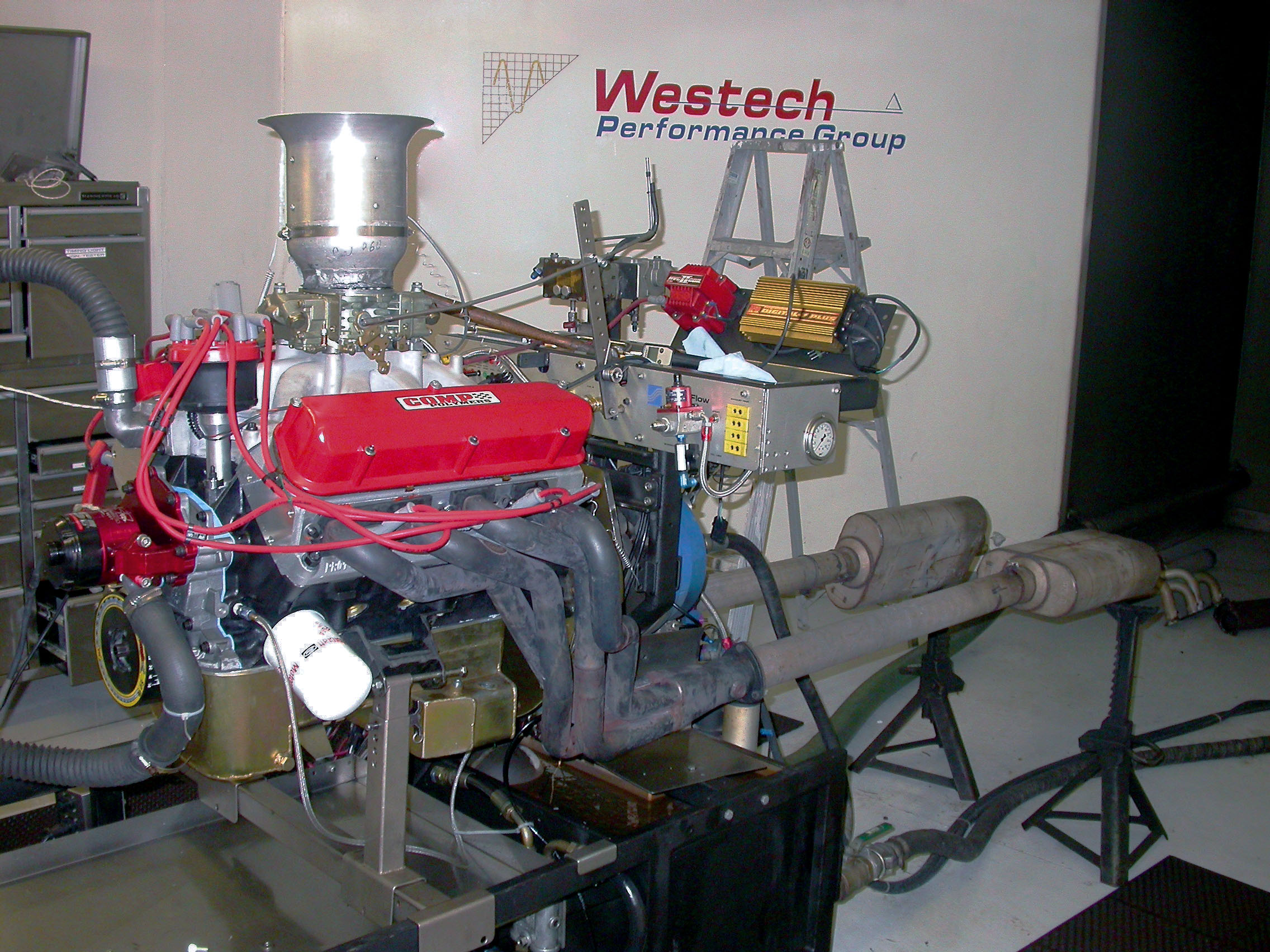
Producing horsepower requires two major ingredients, namely, air and fuel. Of course, the two must be supplied in the correct proportions and at the proper time; but improving power is a simple matter of adding airflow. Naturally, additional fuel will be required once the airflow is improved, but the first item on the horsepower priority list should always be more airflow.
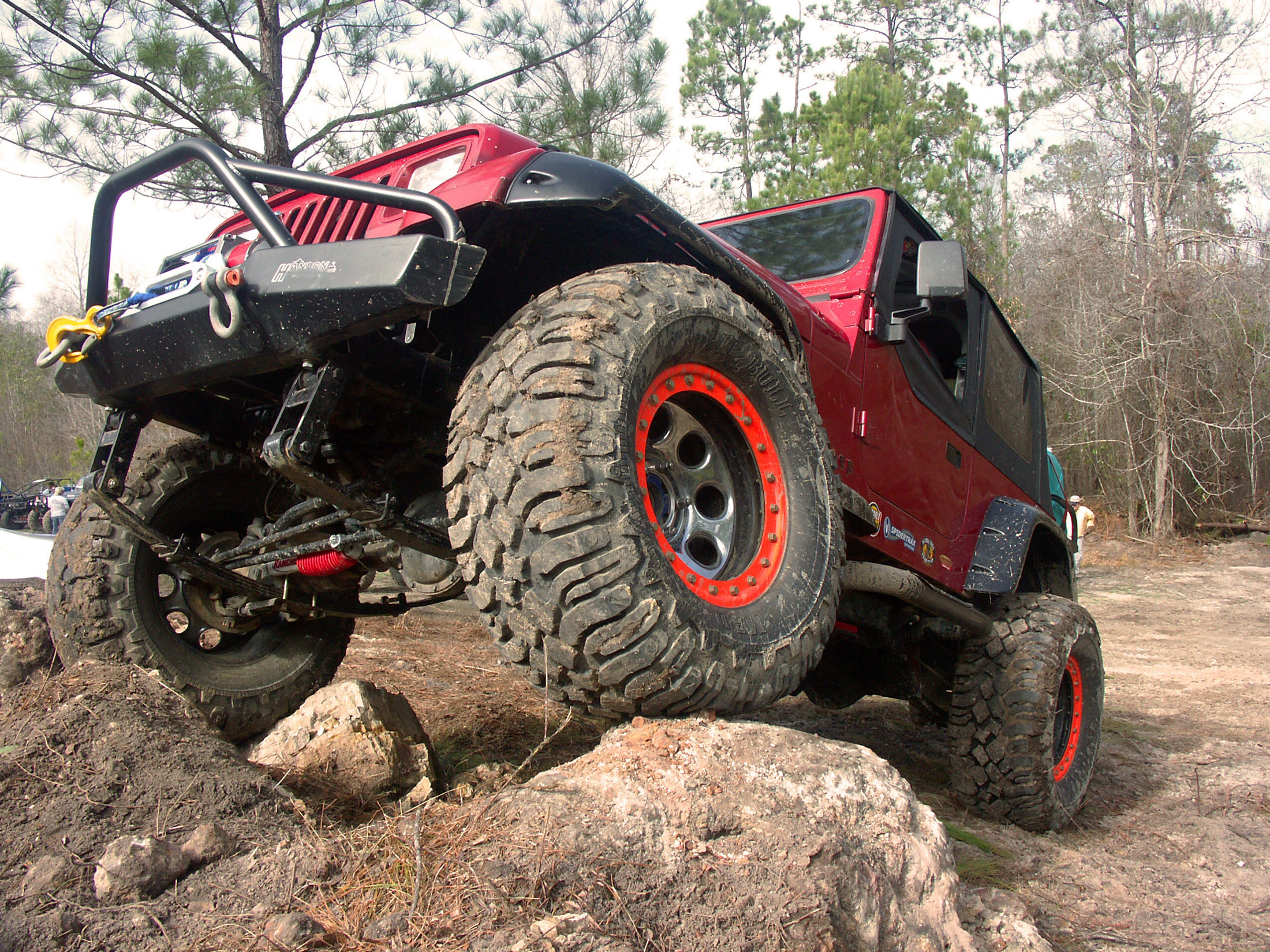
Arnold Hemedinger, a self-employed European auto mechanic and a die-hard Jeep lover, discovered an 88’ YJ Jeep Wrangler that had been stored in a barn and obviously seen better days. Arnie, being the visionary he is, instantly saw the jeep as a diamond in the rough and with a little tender care would polish out brilliantly. His wife on the other hand saw the jeep only as another mid-life crisis project that would sit among two and half acres of other would-be diamonds.
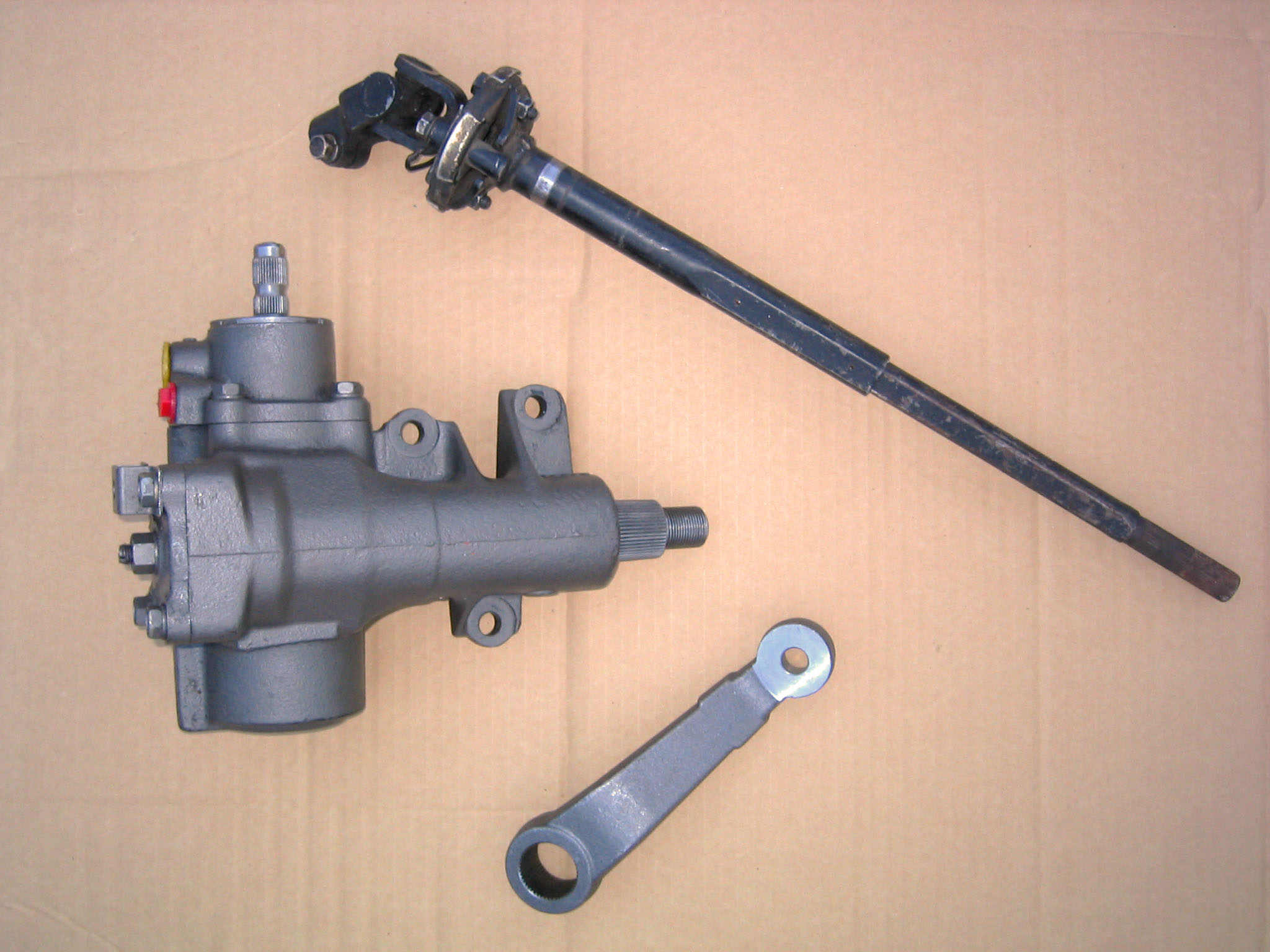
Ok, you’ve lifted your rig so you can put those big tires on, and you take it out on it’s maiden wheelin’ trip. The first thing you notice is how the terrain seems to guide the tires while fighting your biceps. If this sounds familiar then you probably have manual steering. Many of the older rigs on the trail only came from the factory with a manual steering box. There are several options to remedy the manual steering blues. Upgrading to a power steering setup is the most basic route, then there are a number of companies specializing in hydraulic ram setups. There are also many combinations using common power steering boxes in addition to a hydraulic ram assist. With the vast variety of power steering system components available, the possibilities are quite endless.




